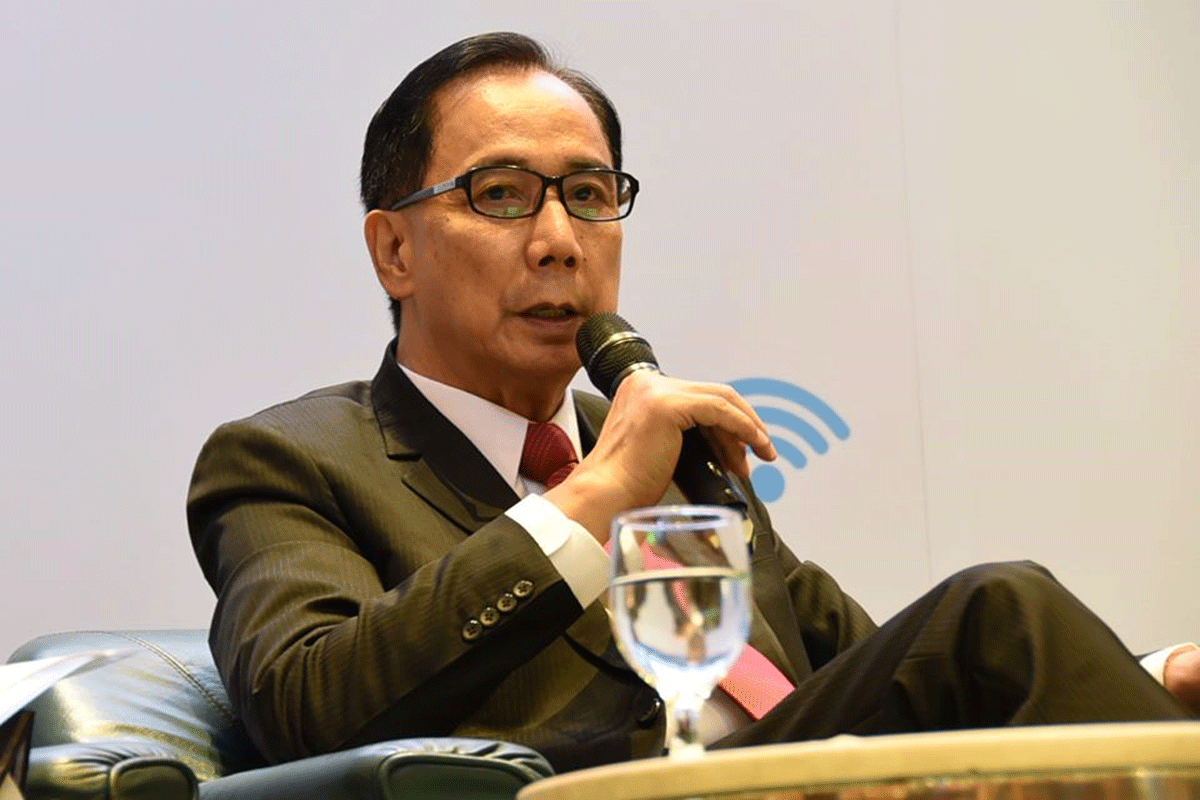
Use cheaper local fertilizers, farmers urged
FARMERS must consider using locally-produced fertilizers and other inputs to augment fertilizer availability.
Department of Agriculture (DA) Secretary William Dar said that as the skyrocketing fertilizer market persists, more fertilizer options and other inputs must be used as an “alternative”.
Dar said that farmers could use the newest addition to fertilizer alternatives, the “BioPrime 555”, an organic fertilizer that uses nanotechnology in agriculture.
The new fertilizer, a flagship product of BioPrime Agri Industries, Inc., is said to significantly “increase” productivity and farming efficiency following its series of clinical trials and research.
“We need more production of scientifically tested biofertilizers as we are concerned that the Ukraine-Russia war will disable us from getting the much-needed urea our farmers are clamoring to obtain,” Dar said.
In partnership with the DA’s Philippine Rice Research Institute (PhilRice), BioPrime 555 underwent repeated independent trials for more than two years, and results showed that a farmer can reduce synthetic fertilizer use by up to 50% and, in some cases, completely, and still increase yield while saving considerably in input costs.
The use of BioPrime 555 in rice fields generated a 7-15% increase in yield using the recommended rate of balanced fertilization, reducing production costs by as much as 50%.
Further, test trials have shown that pesticides and insecticide usage are reduced due to a reduction of predatory pests and stronger disease resistance in crops. Likewise, reduced water/irrigation costs of up to 20% have ensued from improved soil and root water retention.
Soil rejuvenation is one of BioPrime’s trademarks, registering faster and more thorough decomposition of crop residue and other organic materials; increase in crop quality and yield through faster germination rates and fruiting; improvement in disease resistance and pest repellant; and greater response in soils previously treated with fertilizers and then treated with enzymes, indicating better utilization of many soil compounds.
Dar disclosed that the likes of BioPrime and Bio-N are the “technologies we need in our campaign for balanced fertilization, whose main focus is to enhance soil-based productivity, bringing about nutrient-building qualities of the soil for soil sustainability.”
BioPrime Chairman Ben Mead, on the other hand, said that with synthetic fertilizer costs up almost 300% in recent times, balanced fertilization presents a solution for farmers to both save money and increase yields.
“We have been able to show in repeated trials that a farmer can reduce their synthetic fertilizer use by up to 50% and still increase yield, which produces a net saving on input costs and also improves their revenue,” he said.
BioPrime 555 was also used in sugarcane, coffee, and corn production trials, delivering promising results.
In sugarcane, it recorded a 14.5% yield increase and 40% reduced synthetic fertilizer use; coffee registered a 100% yield increase and showed cure and prevention of rust disease; and corn resulted in an 11-20% yield increase and 30% reduced chemical fertilizer use.
BioPrime 555 is supplied in 3×5-gram bottles that are activated in water before application and proven sufficient for supplementing one hectare of rice.
It eliminates transport and hauling costs and can be delivered in vast quantities within days. This product is approved for all crop applications by the Fertilizer and Pesticide Authority.
As the leading nano-fertilizer company in the Philippines, BioPrime is set to develop facilities in the country to ramp up fertilizer production and expand to global markets.
“The production facility will have a targeted capacity of 48 tons per year, employing more than 100 Filipinos in this high-technology agri[cultural] initiative. Our product provides an avenue for the Philippines to implement an effectively balanced fertilization program, and planned production volumes can supply more than 3 million hectares of rice lands targeted to produce at least 22.4 million metric tons (MT) of rice per year,” Chairman Mead said in a statement.
Dar, explained that to attain the maximum potential of farmlands, a judicious combination of organic and inorganic inputs is necessary.
“If we want to increase the level of productivity and income of farmers, we need to promote balanced fertilization. To attain food security, we must adopt a balanced fertilization strategy,” Dar added.

















